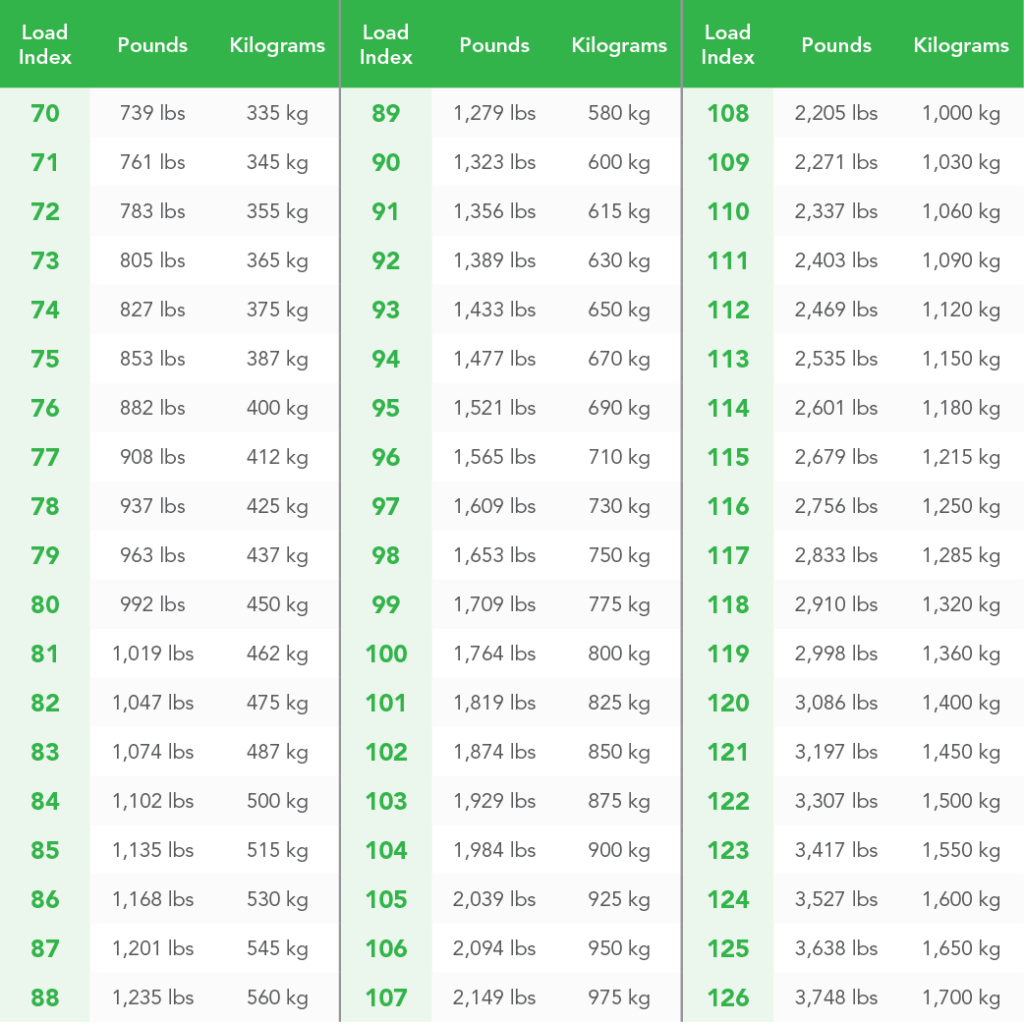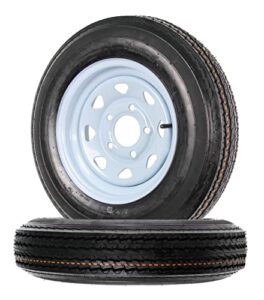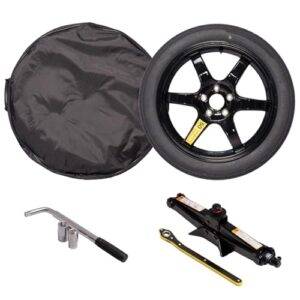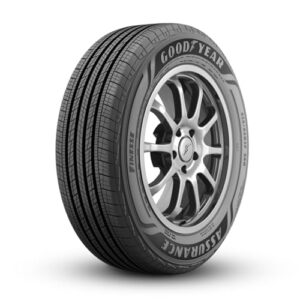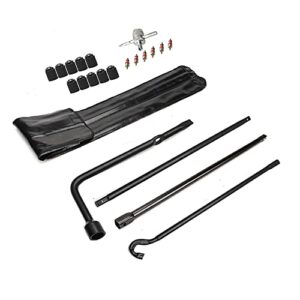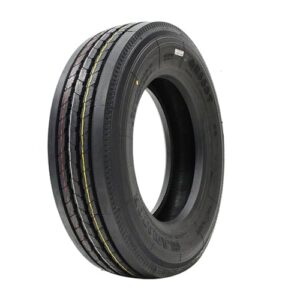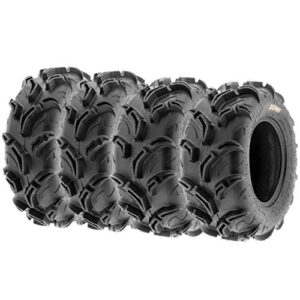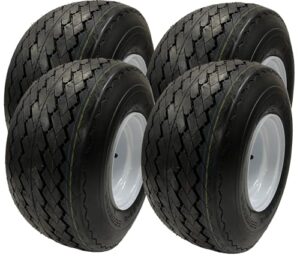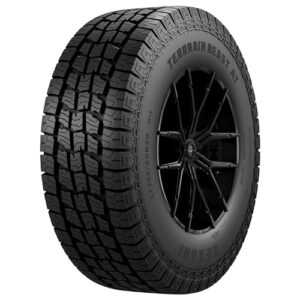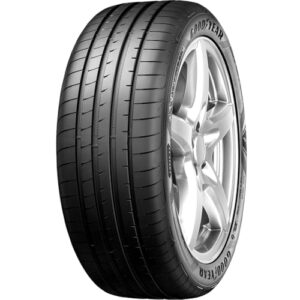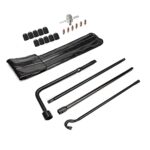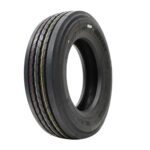To read the tire load index, find the number on the tire’s sidewall. Match it with the load index chart to determine the weight capacity.
Understanding the tire load index is crucial for vehicle safety and performance. The load index indicates the maximum weight each tire can support. It’s a numerical code found on the tire’s sidewall, usually following the tire size. For example, in “205/55R16 91V,” the number “91” is the load index.
Drivers need to ensure their tires match the vehicle’s load requirements. Incorrect load index can lead to tire failure, affecting handling and safety. Always check the vehicle’s manual or consult a tire professional for proper load index specifications. This simple step ensures optimal driving conditions and longevity of your tires.

Introduction To Tire Load Index
The tire load index is vital for your car’s safety. Understanding it helps keep you safe on the road.
Importance For Safe Driving
The tire load index tells you how much weight your tires can carry. This is crucial for safe driving. Overloading your tires can cause accidents.
Each tire has a load index number. This number shows the maximum weight the tire can handle. For example, a load index of 95 means the tire can carry 1,521 pounds.
| Load Index | Weight (lbs) |
|---|---|
| 85 | 1,135 |
| 90 | 1,323 |
| 95 | 1,521 |
Common Misconceptions
Many people think the load index is the same for all tires. This is not true. Each tire has a unique load index. It depends on the tire’s size and type.
Another misconception is that higher load index means better tires. This is also false. The right load index depends on your vehicle’s needs. Always check your car’s manual for the correct load index.
Some believe they can ignore the load index. This is dangerous. Ignoring the load index can cause tire failure. Always choose tires with the correct load index for your car.

Locating The Tire Load Index
Understanding the tire load index is crucial for vehicle safety. This number shows how much weight a tire can support. Let’s explore how to locate and understand this important piece of information.
Where To Find
The tire load index is often found on the tire’s sidewall. Look for a series of numbers and letters. These markings provide key details about your tire.
Here is what to look for:
- The load index number is usually near the tire size.
- It follows the tire’s diameter and aspect ratio.
- Example: 225/45R17 91V – the “91” is the load index.
Understanding The Markings
The tire load index is a two or three-digit number. This number corresponds to the tire’s load capacity. Below is a table showing load index numbers and their weight capacity in pounds.
| Load Index | Weight (lbs) |
|---|---|
| 70 | 739 |
| 75 | 853 |
| 80 | 992 |
| 85 | 1135 |
| 90 | 1323 |
To ensure safety, always match your tire’s load index with your vehicle’s requirements.
Remember these key points:
- Check your vehicle’s manual for the recommended load index.
- Ensure all tires on your vehicle have the same load index.
- Never use a tire with a lower load index than recommended.
By following these steps, you can ensure your tires are safe and suitable for your vehicle.
Interpreting The Numbers
Understanding the tire load index is crucial for safe driving. The load index tells you the weight limit of each tire. It is essential to know how to read and interpret these numbers.
Load Index Chart
The load index is usually a two or three-digit number. This number appears on the tire’s sidewall. Here’s a load index chart to help you understand:
| Load Index | Weight (lbs) |
|---|---|
| 75 | 853 |
| 80 | 992 |
| 85 | 1,135 |
| 90 | 1,323 |
Refer to this chart to know the weight limit for your tire’s load index.
Weight Limitations
Each tire has a specific weight limit. Exceeding this limit can be dangerous. To find out the weight limit, check the load index. For example, a load index of 85 means the tire can carry 1,135 lbs.
Here’s how to read it:
- Locate the load index on the tire’s sidewall.
- Use the load index chart to find the weight limit.
- Ensure the tire’s weight limit matches your vehicle’s needs.
Always ensure your tires are within their weight limitations. This keeps you safe on the road.
Choosing The Right Load Index
Understanding the tire load index is crucial for vehicle safety. It tells how much weight a tire can support. Choosing the right load index ensures your vehicle performs well and stays safe.
Vehicle Requirements
Each vehicle has specific load index requirements. Check your vehicle manual for these details. The load index should match or exceed the vehicle’s needs.
- Check the manual for load index info.
- Ensure the load index matches or is higher.
Impact On Performance
The load index affects your vehicle’s performance. A higher load index means better handling and stability. A lower index can lead to tire damage and safety issues.
| Load Index | Performance Impact |
|---|---|
| High | Better handling and stability |
| Low | Risk of tire damage |
Choose the right load index to ensure safety and optimal performance.
Effects On Tire Longevity
The tire load index impacts how long your tires last. A higher load index means the tire can carry more weight. This can reduce wear and tear. Understanding the tire load index is key for extending tire life.
Wear And Tear
Tires with a correct load index face less stress. This reduces wear and tear. Properly inflated tires also wear more evenly. This ensures better performance.
Overloaded tires wear out faster. They heat up quickly and may fail. Always check the load index and match it to your vehicle’s needs.
Factors Influencing Durability
Many factors affect tire durability. Here are some key points:
- Proper Inflation: Under-inflated tires wear out faster.
- Driving Habits: Aggressive driving shortens tire life.
- Road Conditions: Rough roads increase wear and tear.
- Load Index: Matching the correct load index improves durability.
Regularly check tire pressure. Rotate your tires often. These steps extend tire life.
Here’s a quick table summarizing key points:
| Factor | Effect on Durability |
|---|---|
| Proper Inflation | Reduces uneven wear |
| Driving Habits | Gentle driving extends tire life |
| Road Conditions | Smooth roads reduce wear |
| Load Index | Correct index matches vehicle needs |
Understanding these factors helps in maintaining tire health. Regular checks and proper usage are essential.
Common Mistakes To Avoid
Reading the tire load index correctly ensures safety and performance. Many people make common mistakes when interpreting the load index. Let’s explore these errors in detail.
Mismatched Load Index
A mismatched load index can cause safety issues. Always match the load index with your vehicle’s requirements. For example, if your car needs a load index of 94, using a tire with a load index of 91 can be dangerous. This mismatch might lead to tire blowouts or poor handling.
| Vehicle Type | Required Load Index | Example Tire |
|---|---|---|
| Sedan | 94 | 225/45R17 94V |
| SUV | 100 | 255/55R18 100H |
Always check the load index before purchasing new tires. This ensures compatibility and safety.
Ignoring Manufacturer Guidelines
Ignoring manufacturer guidelines can lead to serious problems. Always follow the manufacturer’s recommendations for tire load index. These guidelines are based on extensive testing and ensure optimal performance.
- Check the owner’s manual for the recommended load index.
- Ensure the tires meet or exceed the specified load index.
- Consult with a professional if unsure.
Following these steps helps maintain your vehicle’s safety and performance. Ignoring these guidelines can void warranties and lead to accidents.
Expert Tips For Maintenance
Understanding the tire load index is crucial for vehicle safety. Proper maintenance ensures your tires perform well and last longer. Here are some expert tips for maintaining your tires.
Regular Inspections
Regular inspections are essential for tire health. Check your tires for any visible damage. Look for cuts, punctures, or cracks. Ensure the tire tread is not too worn out. Use a tread depth gauge to measure it. Rotate your tires every 6,000 to 8,000 miles. This helps them wear evenly. Don’t forget to check the tire load index. It tells you how much weight the tire can carry.
Proper Inflation
Proper inflation is key to tire longevity. Under-inflated tires wear out faster. Over-inflated tires can be dangerous. Use a reliable tire pressure gauge. Check the pressure when the tires are cold. Inflate them to the recommended PSI. You can find this information in your car’s manual. Properly inflated tires improve fuel efficiency. They also ensure a smoother ride.
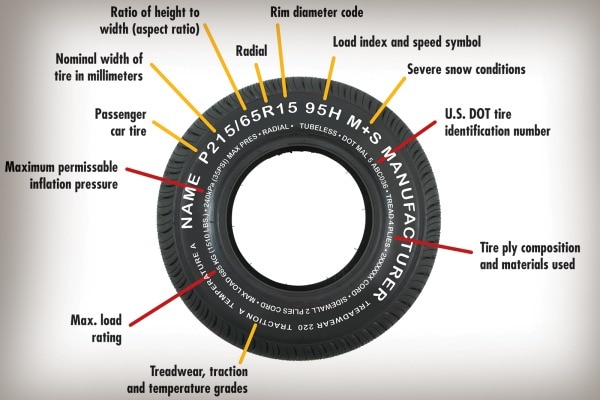
Frequently Asked Questions
What Is A Good Load Index For Tires?
A good load index for tires typically ranges from 75 to 100. This supports everyday driving needs efficiently. Always check your vehicle’s manual for the recommended load index.
What Does 120 Load Index Mean On Tires?
The 120 load index on tires indicates the tire can support up to 3,086 pounds. This rating ensures safety and performance.
How Do You Read Tyre Load Index?
To read a tyre load index, locate the two or three-digit number on the tyre sidewall. This number represents the maximum load capacity the tyre can handle. Consult a load index chart to convert this number into the actual weight capacity.
What Does Load Index 106 Mean?
Load index 106 indicates a tire’s maximum load capacity of 2,094 pounds. It helps ensure safe vehicle performance.
Conclusion
Understanding the tire load index is crucial for safety and performance. Always check the load index before purchasing new tires. Proper tire selection ensures optimal vehicle handling and longevity. Keep this guide handy for future reference. Drive safely and maintain your tires regularly for the best performance.


